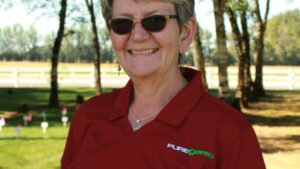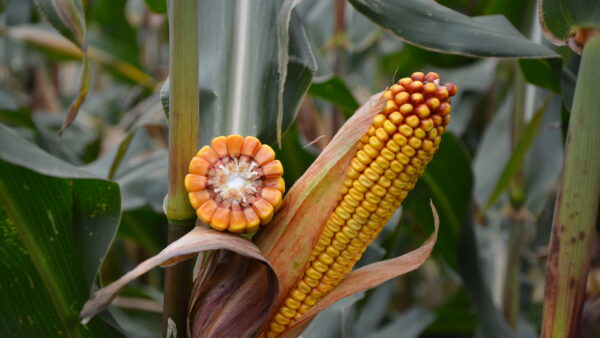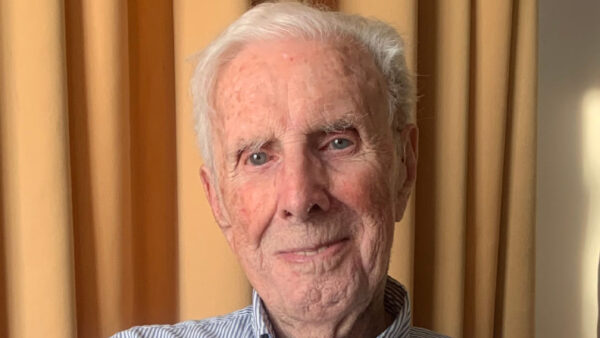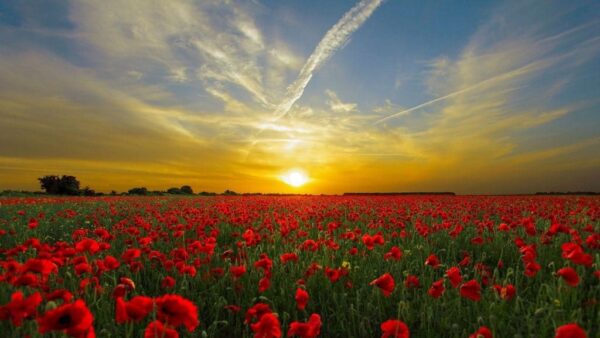It is spring, fields are green and birds are singing in the sky. Each breeder is on the move, setting up new crosses and assessing hundreds, or thousands of plots for different traits. It is a tedious, but very important job, as the accuracy by which this task is conducted will set the threshold for the subsequent selection step. Higher accuracy equals better statistics and more confident selections. So does also the number of assessments. Time becomes a limiting factor in a race for recording as many data as possible within a narrow growth window – assistance highly appreciated!
While walking through DLFs field tests these days, bird-singing or silence may be interrupted by a remote continuous hum from high above. The sound is coming from the breeder’s new assistant; a drone collecting images from the entire field at an altitude, which matches the type of observation it is supposed to record. The flight usually takes no more than 15 minutes, but then comes a series of post-processing steps, which eventually produce output that can be used in selection. All of this needs to be as automated as possible, so precious time can be used for other tasks. We have seen very fast progress over the past two years in this regard and consequently drone recordings is now becoming part of DLFs crop assessment.
We are still in the process of exploring the extent to which drones are useful in grass breeding. They may not be good for all traits as their sensors, the cameras – are not yet connected with any form of intelligence. Intelligence is really what sets the human eye apart from the drone sensor. The eye senses visual differences based on lightning-speed processing of the “raw” image. It allows for example the breeder to make correct assessment of ground coverage under any weather condition. Drone-imaging, on the contrary, will produce false results on a partly cloudy day simply due to irradiance differences while flying over the field.
In some situations, however, the drone produce more accurate results than the intelligent eye. When there is less variation to observe, the human eye tends to become biased after having scored hundreds of plots if not corrected by internal controls or other measures. Drone-imaging is free of such disturbance, and due to its high resolution, the precision of its output most often surpasses the 1-9 scale, which is commonly used by breeders. So, better get used to it. Future breeding will be done on the fly – by the breeder and his still advancing drone-assistant.









